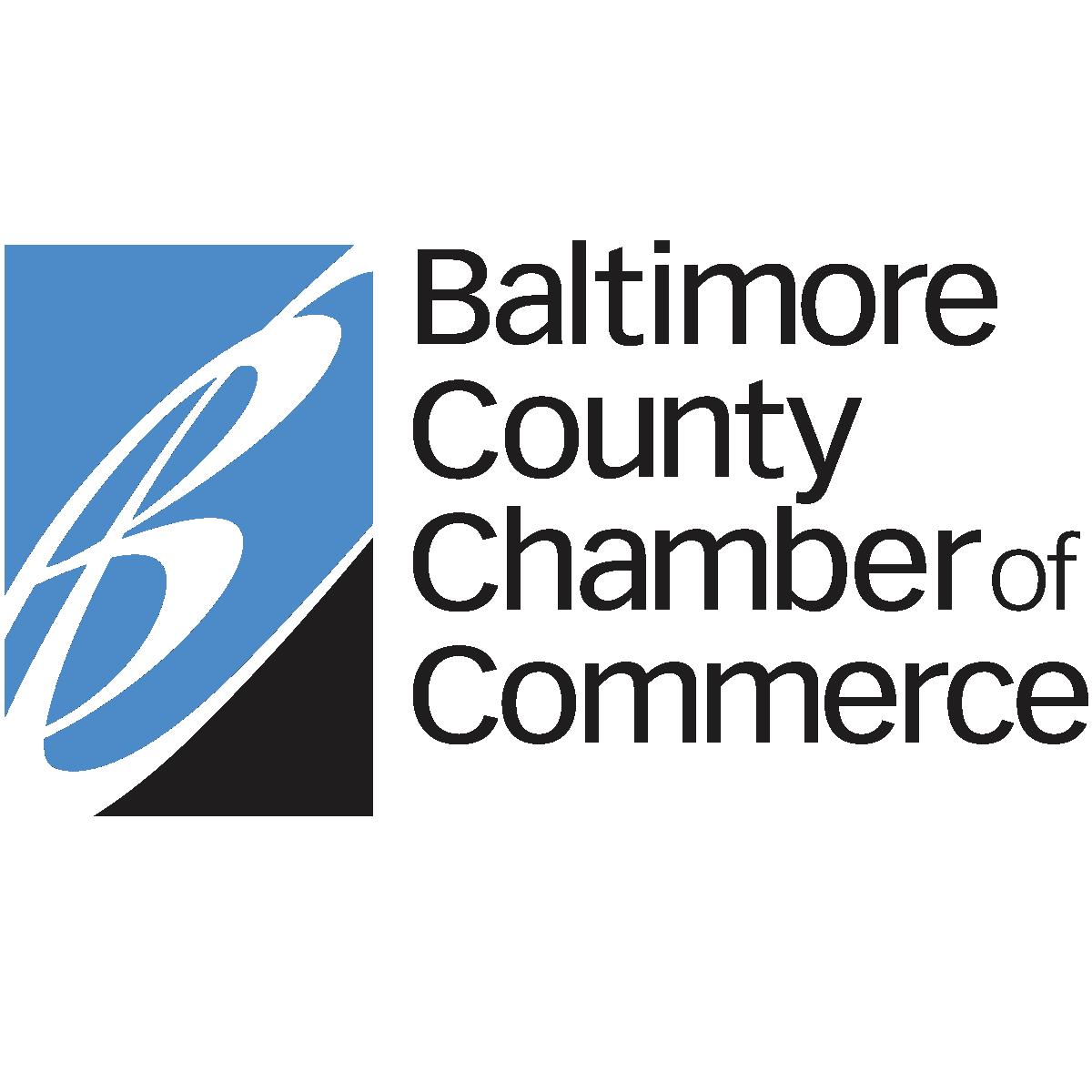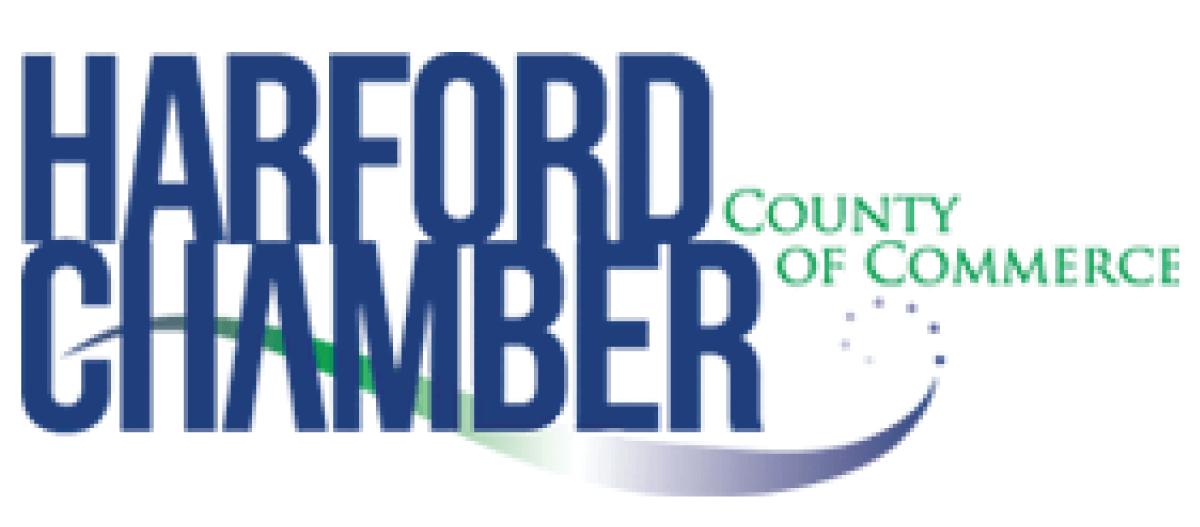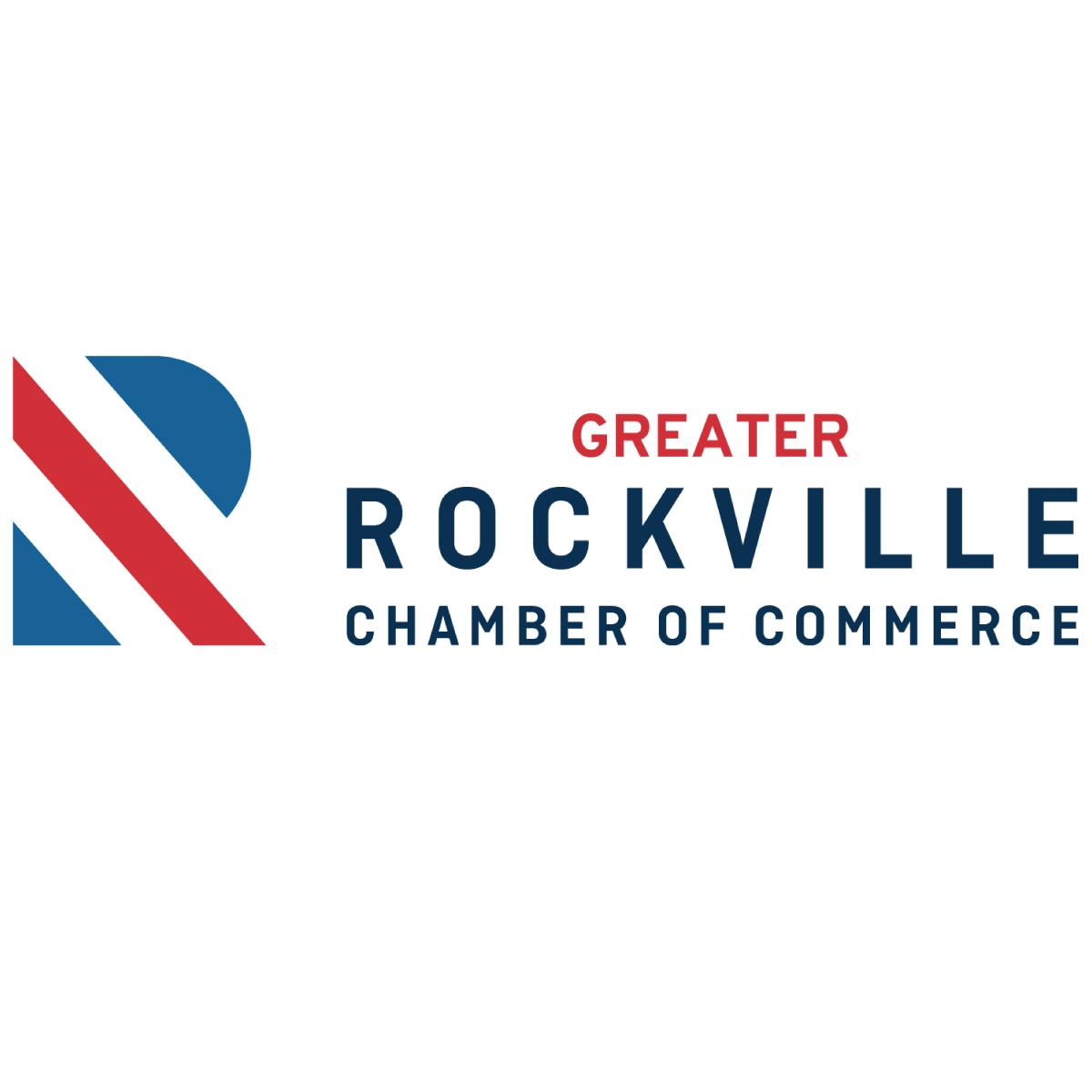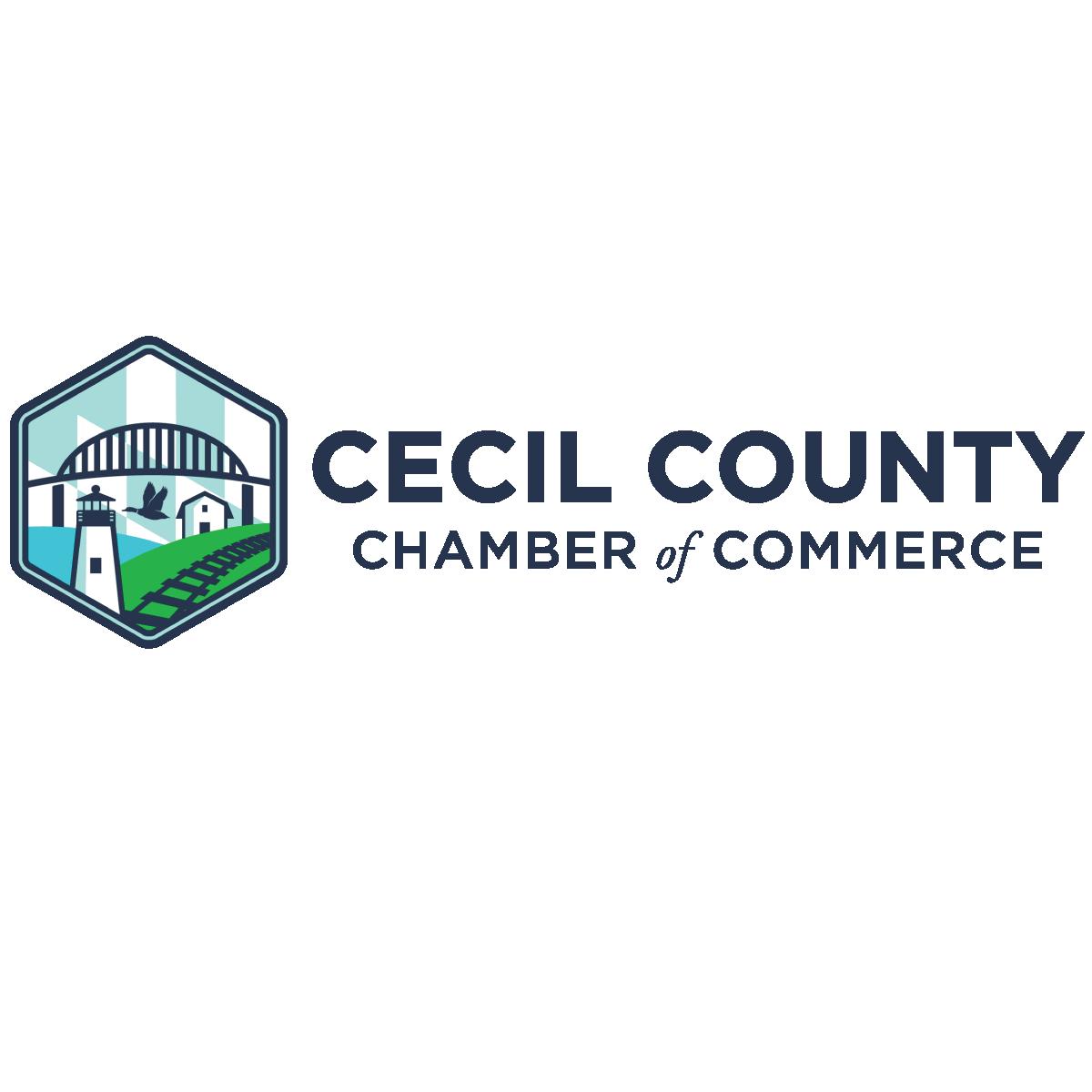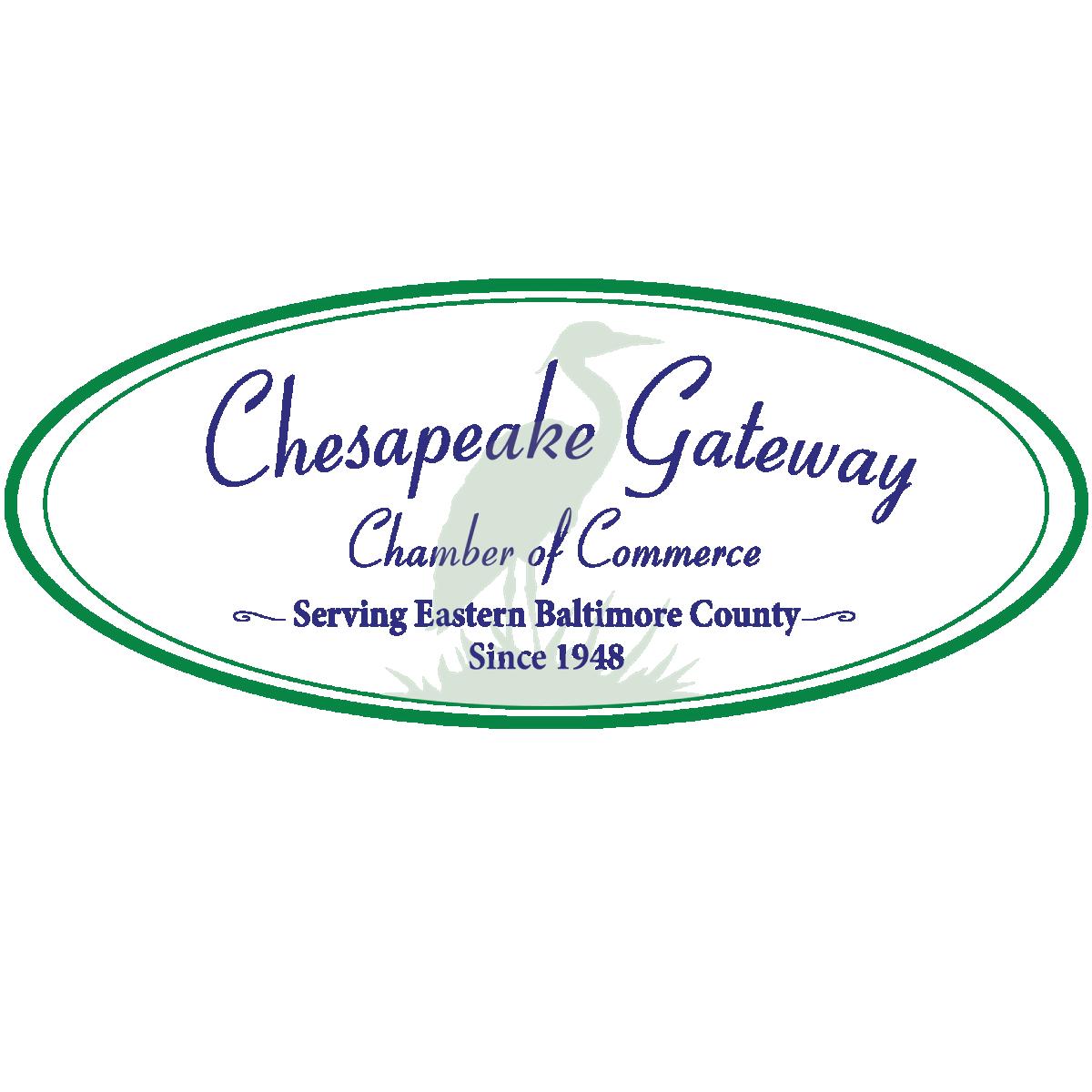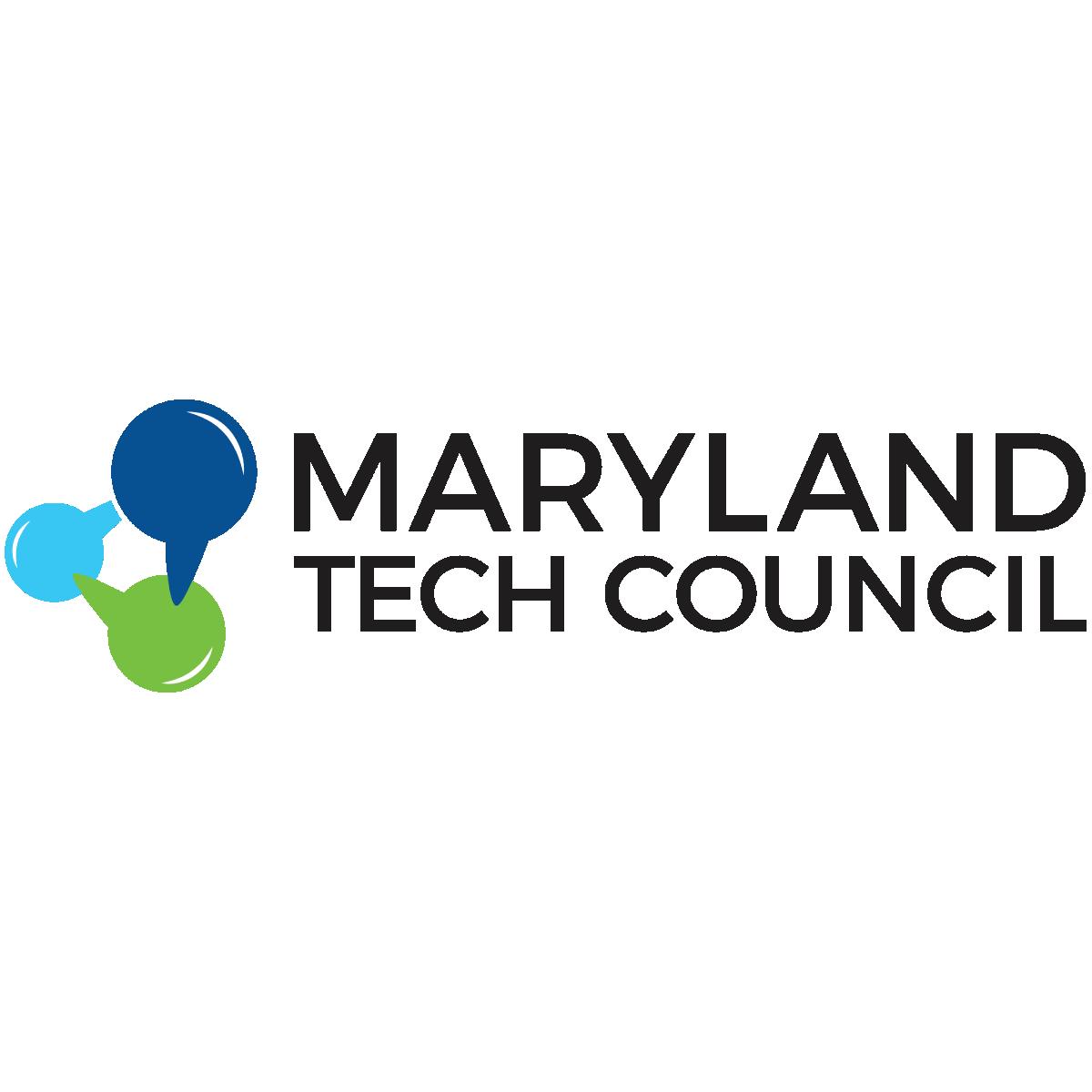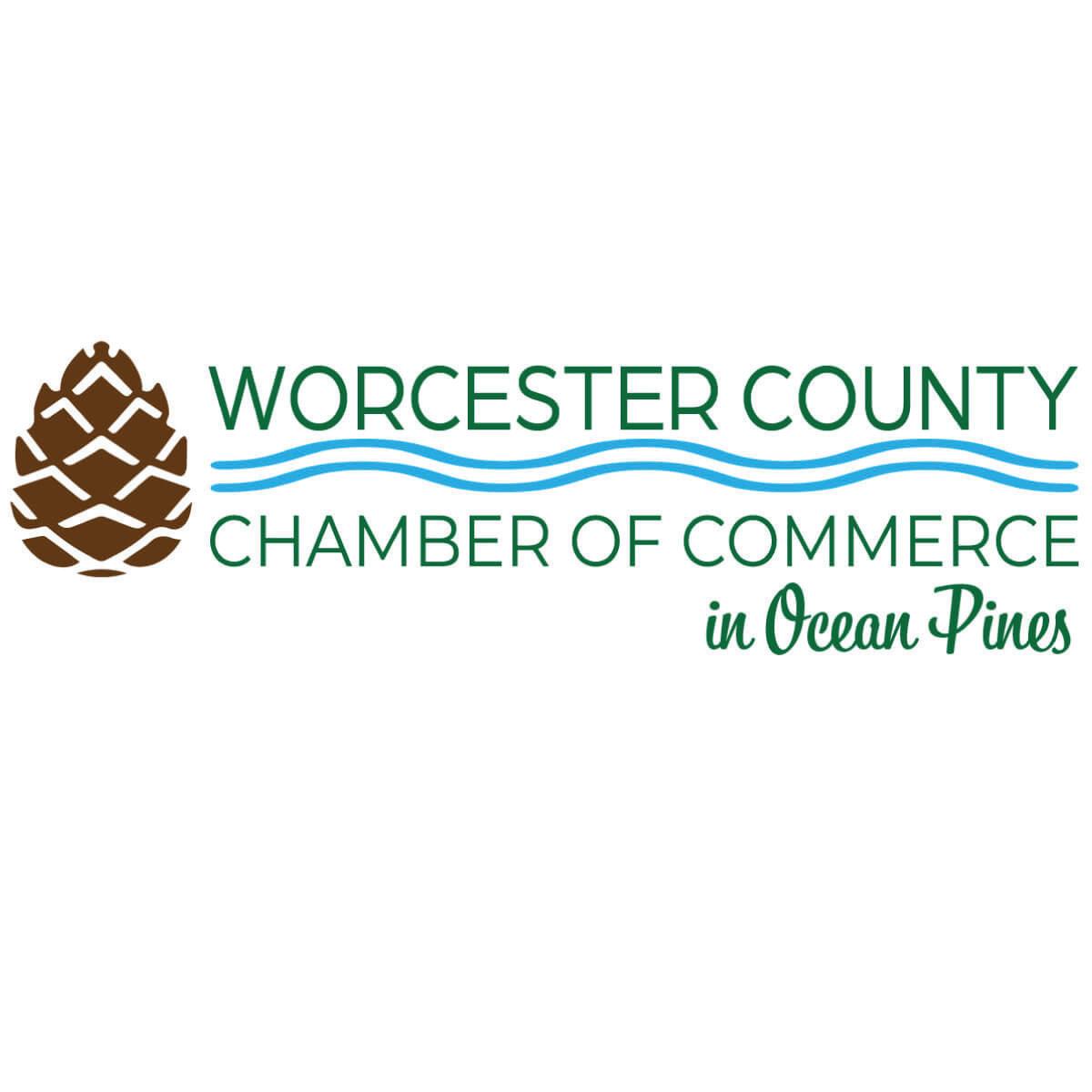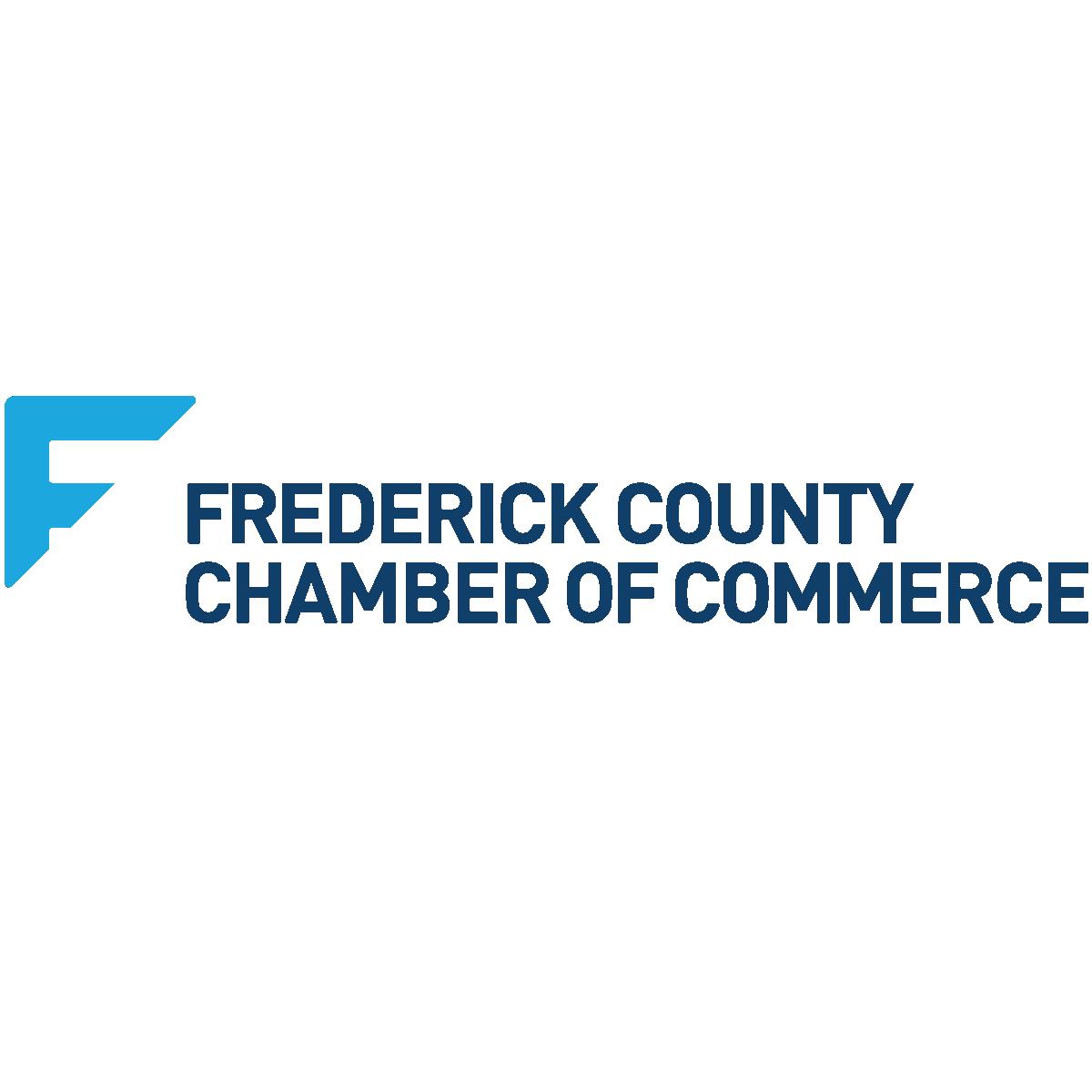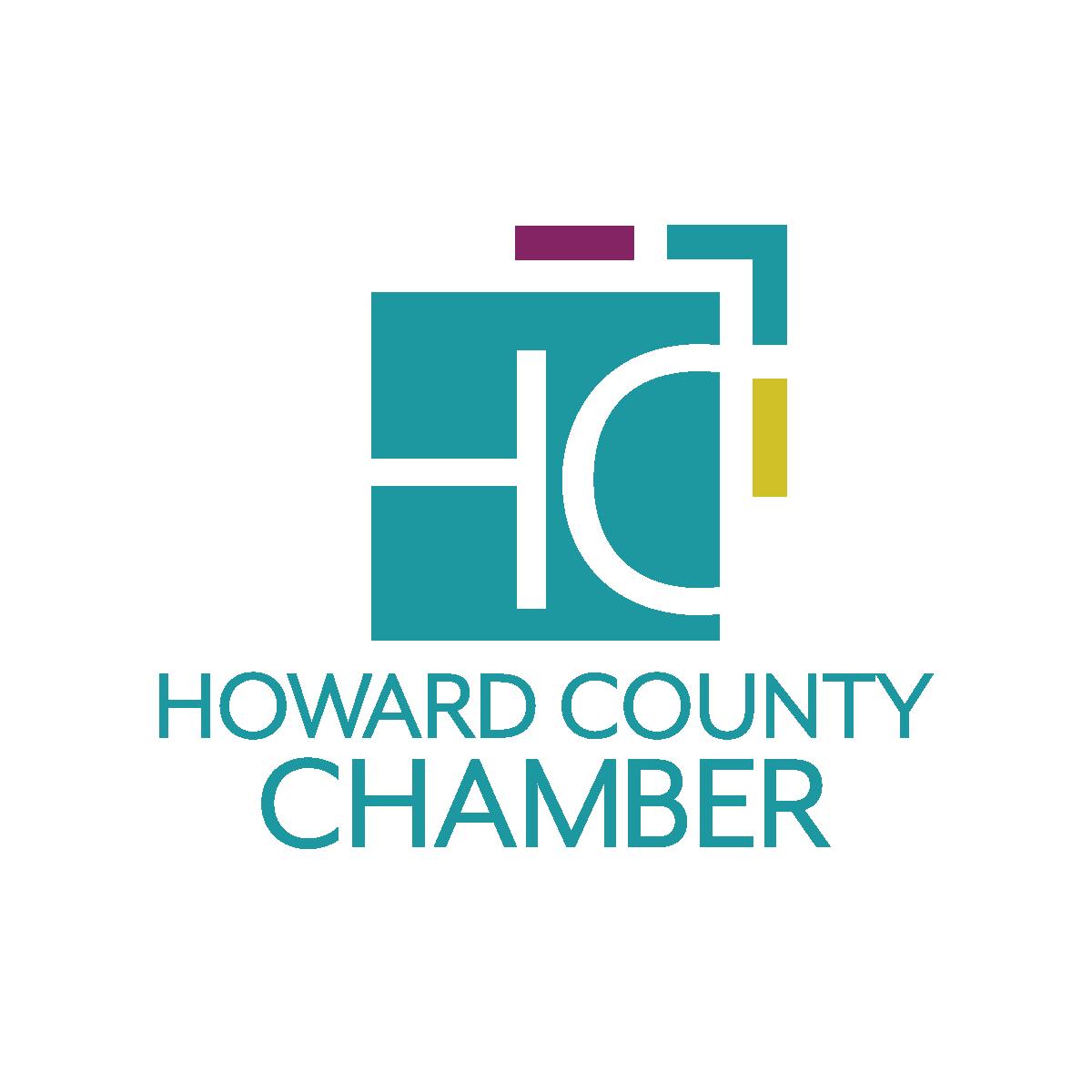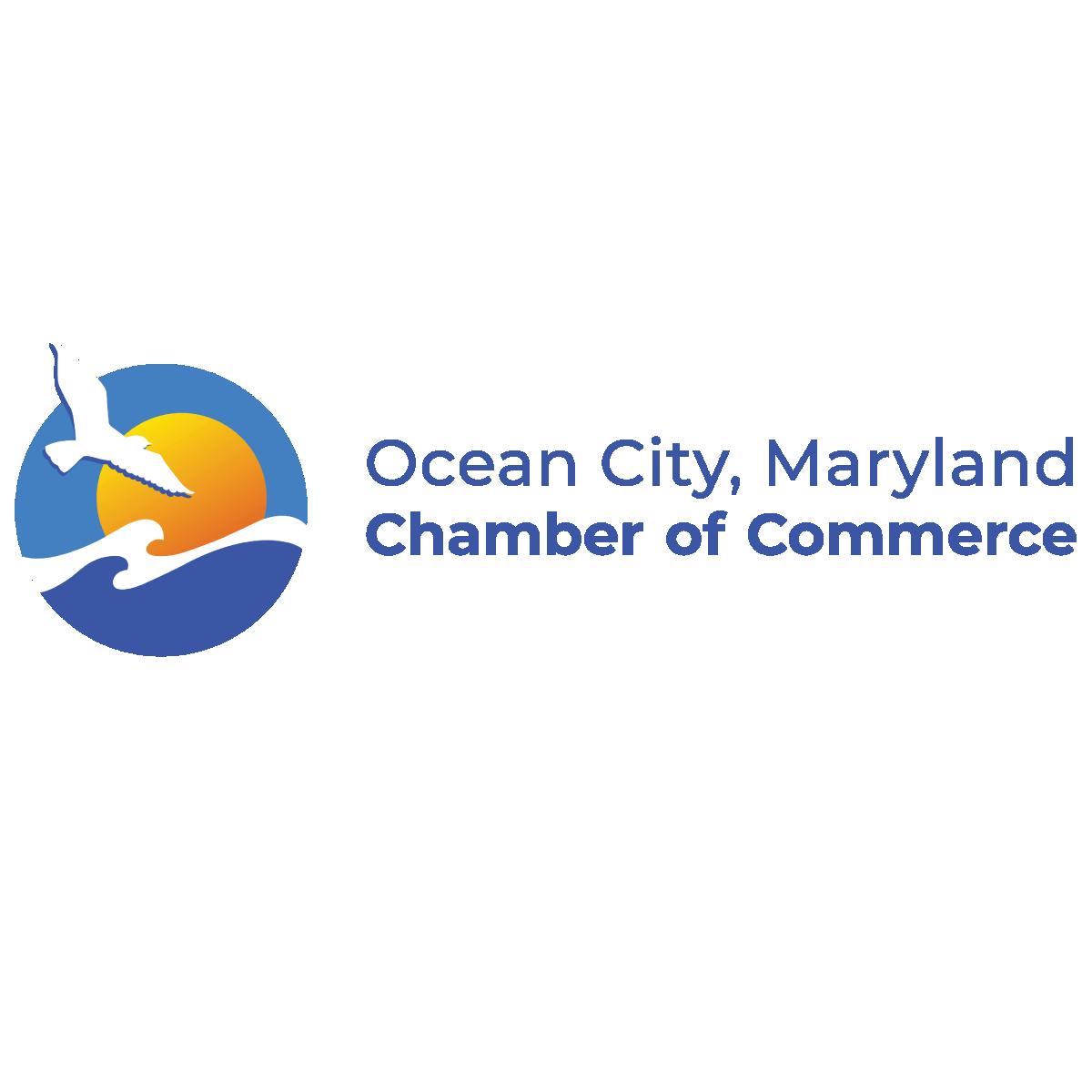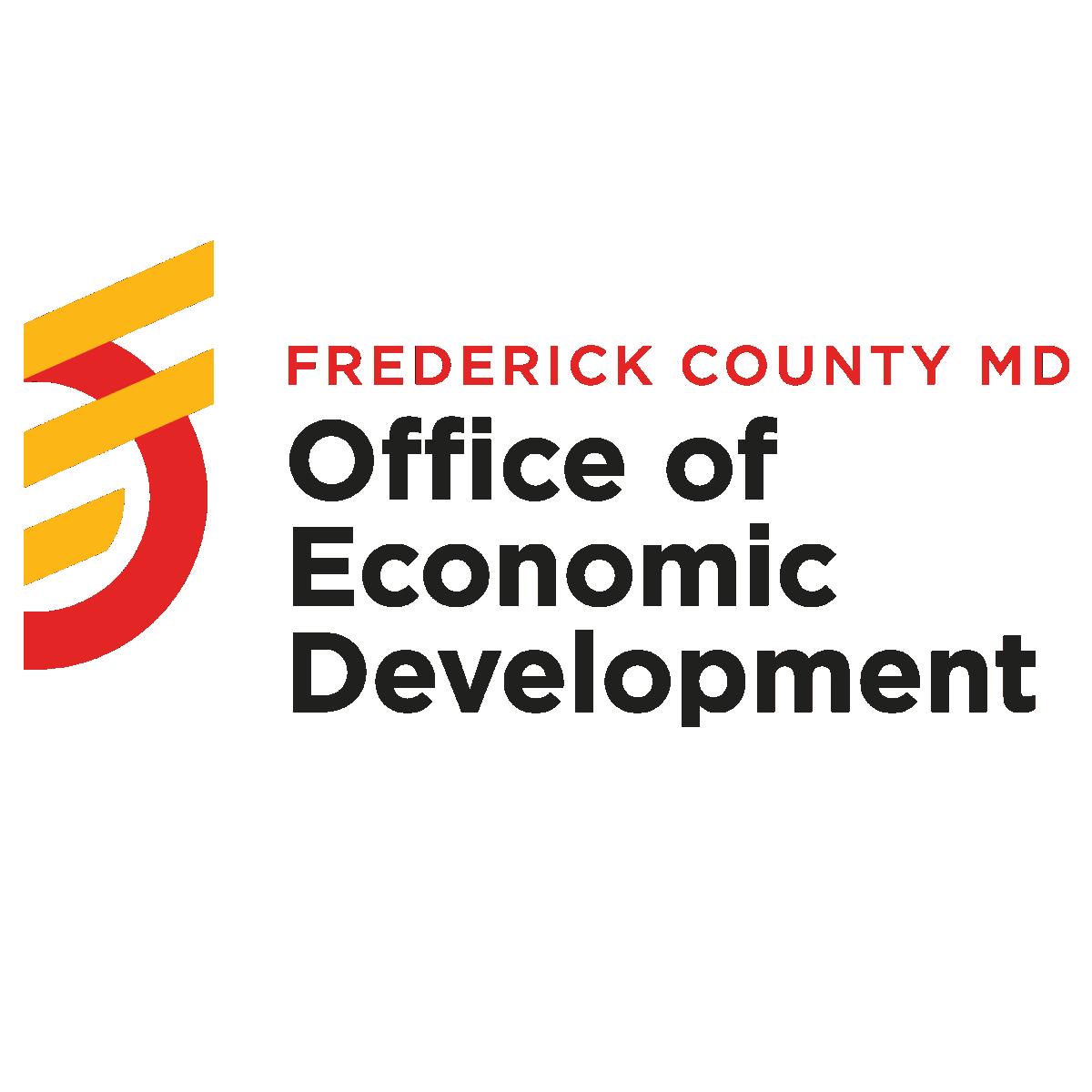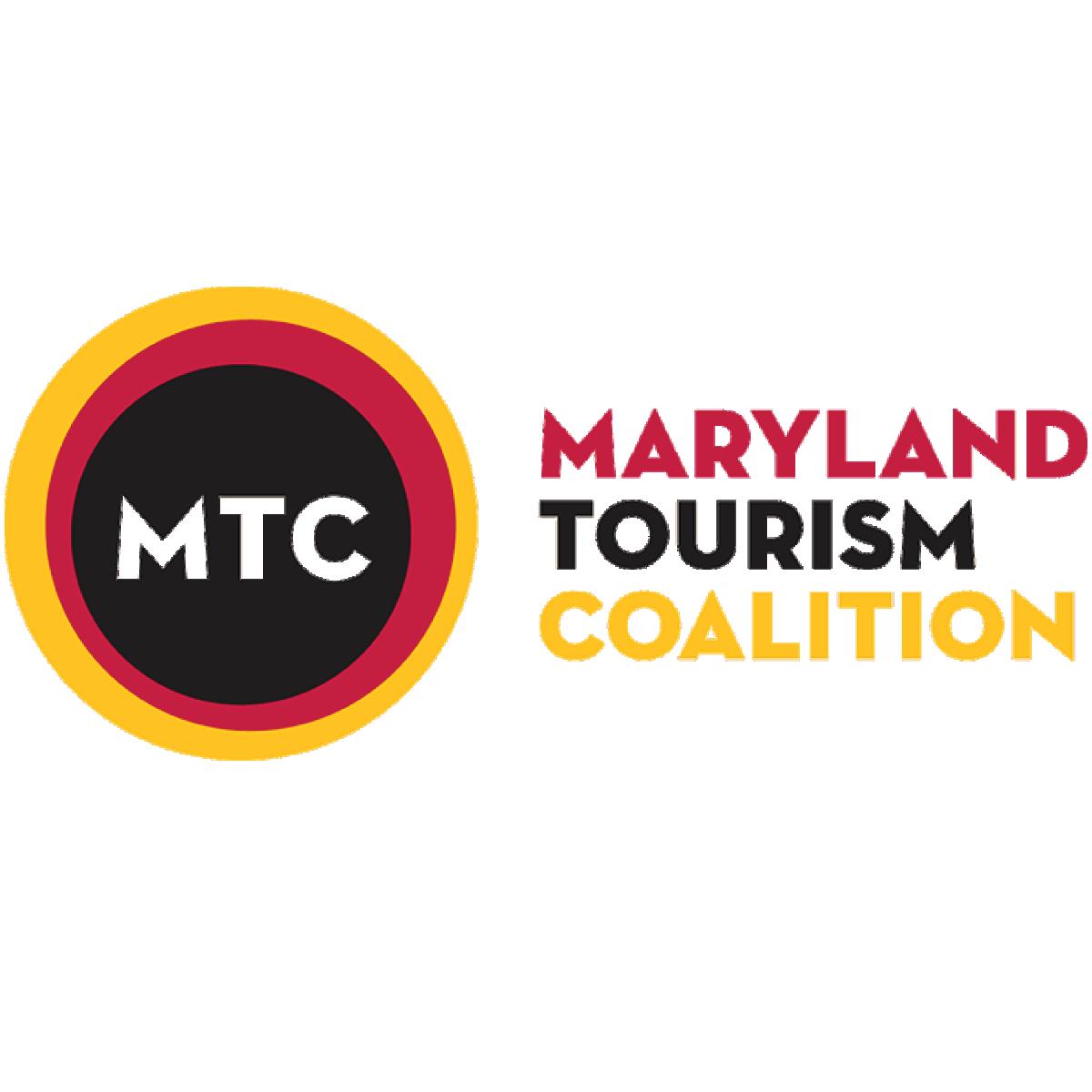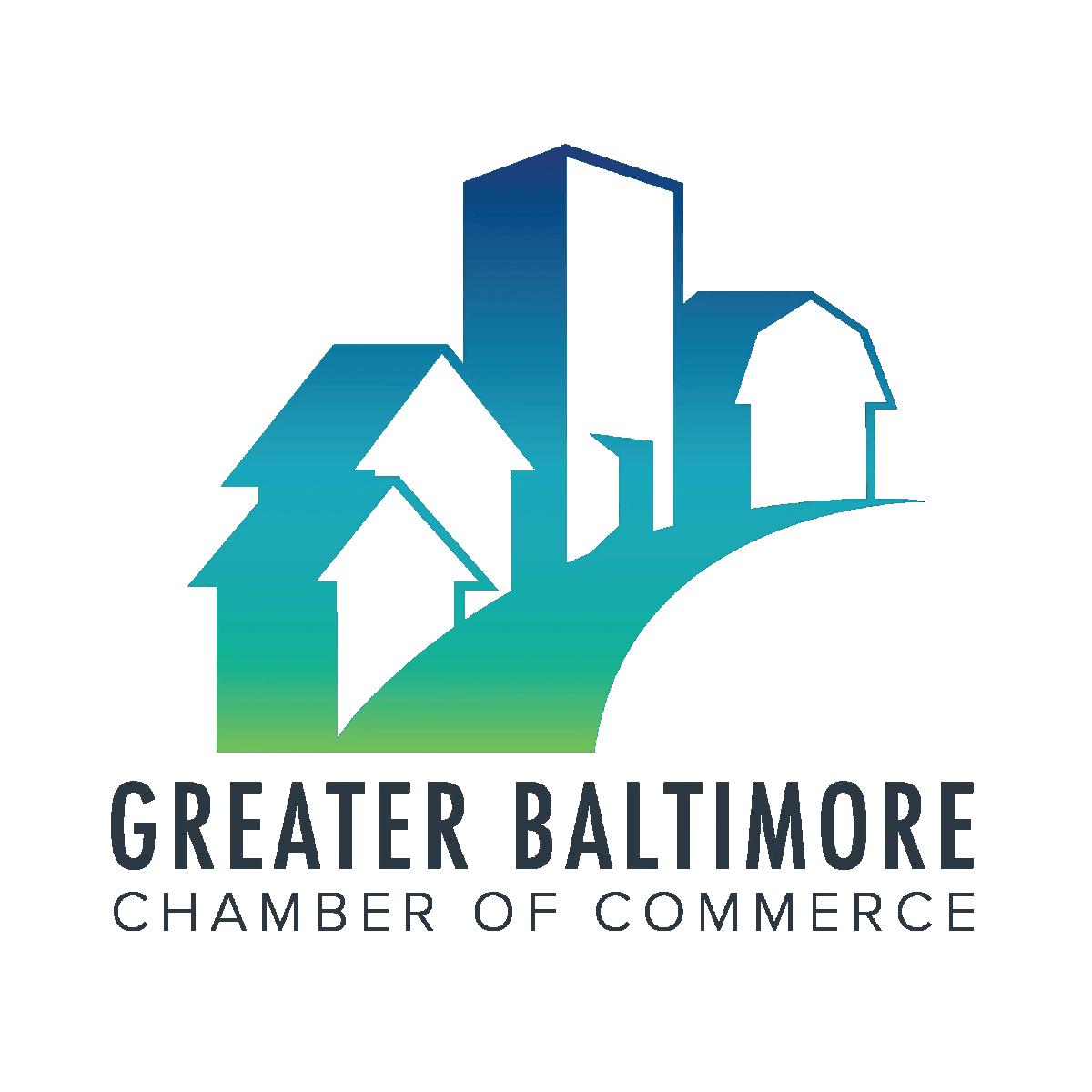

The collapse of the Key Bridge in Baltimore has had signifcant repercussions on businesses across various sectors and geographic locations. This report aims to provide an overview of the diverse array of businesses affected, their geographical reach and the wide-ranging impacts beyond direct losses. Additionally, it underscores the importance of transportation funding, infrastructure investment and support for critical transportation hubs like the Port of Baltimore. Learn more at mdchamber.org/RecoveryCoalition
U.S. Coast Guard photo by Petty Offcer 2nd Class Alejandro Rivera. The appearance of U.S. Department of Defense (DoD) visual information does not imply or constitute DoD endorsement.
Building Bridges to Recovery Coalition Impact Survey
Amidst the aftermath of the Francis Scott Key Bridge collapse, the Building Bridges to Recovery Coalition quickly emerged, uniting key stakeholders like the Maryland Chamber of Commerce, Greater Baltimore Committee, World Trade Center Institute, Greater Washington Partnership and the U.S. Chamber of Commerce, among others. Together, we conducted a comprehensive survey to gauge the impact on businesses statewide.
Through coordinated outreach efforts, the coalition gathered insights from a diverse range of affected businesses and non-profts. This report presents the survey’s key fndings with the goal of raising awareness and fostering collaboration among support networks, all to help businesses and nonprofts navigate the challenges stemming from this incident.
The survey garnered responses from 51 businesses, with 43 classifed as small businesses. Baltimore County emerged as the most affected area, although businesses from Charles County, Anne Arundel County, Harford County, and beyond also participated. Industry associations were the go-to resource, while transportation bore the brunt of the impact. With 52% of businesses citing employee impacts and 64% reporting revenue losses, tailored support measures, including low-interest loans, are imperative for recovery. The employee count varied signifcantly across the businesses surveyed, ranging from single-person operations to those with up to 12,000 employees. Additionally, several businesses included 1099 employees, representing self-employed individuals, freelancers, or independent contractors.
KEY BRIDGE BUSINESS IMPACT SURVEY: BY THE NUMBERS
51 Responses
43 From small businesses 1-12,000 Employee-sized companies
Summary of Business Impacts
A DIVERSE BUSINESS LANDSCAPE IMPACTED
Responding businesses represent a wide range of industries, including warehousing and logistics, electrical services, hospitality, real estate, construction, manufacturing, retail, marine services and more. This diversity underscores the interconnectedness of the regional economy in addition to highlighting the widespread implications of transportation disruptions.
WIDE GEOGRAPHICAL REACH
Businesses affected by the Key Bridge collapse are not confned to the immediate Baltimore area. They are dispersed throughout Maryland and beyond, with addresses ranging from Takoma Park to Germantown, from Rockville to Dundalk, and even extending to locations outside Maryland such as St. Louis and Southport, N.C. This widespread dispersion amplifes the cascading effects of infrastructure incidents on businesses operating within and across state borders.
IMPACTS BEYOND DIRECT LOSSES
Beyond the direct economic losses incurred due to transportation disruptions and operational challenges, businesses have also experienced indirect impacts that are harder to quantify but equally signifcant. These include lost customers, missed opportunities and diminished competitiveness in the marketplace. For many businesses, these intangible losses pose signifcant hurdles to recovery and long-term sustainability and are challenging to get any type of fnancial support around.
CHALLENGES WITH SBA LOANS
Despite the availability of low-interest Small Business Administration loans, many businesses express concerns about the fnancial burden of taking on additional debt. Furthermore, not all businesses qualify for SBA assistance due to eligibility criteria, leaving some without access to fnancial support.
OBSTACLES FACED BY IMMIGRANT AND MINORITY-OWNED BUSINESSES
Immigrant-owned and minority-owned businesses, including those owned by undocumented individuals, face unique challenges in navigating the disaster, recovery efforts and available resources. Trust barriers, language limitations and resource constraints hinder their ability to access assistance effectively.
Examples of Immediate Impacts
TRANSPORTATION DISRUPTIONS
• Rerouting imports and cargo to alternative ports has led to delays, increased freight costs and logistical challenges.
• Weight restrictions on roads have necessitated the establishment of transload facilities and adjustments to transportation routes.
OPERATIONAL CHALLENGES
• Extended lead times, increased costs and potential for out-of-stocks and lost sales have been observed across multiple industries.
• Businesses reliant on the Port of Baltimore for imports, exports and logistics services have experienced revenue losses and operational disruptions.
WORKFORCE IMPACTS
• Longer commutes, travel time and congestion have affected employee productivity and morale.
• Layoffs and fnancial strain are imminent without immediate fnancial assistance to sustain operations.
Long-Term Impacts and Challenges Ahead
While the immediate impacts of the Key Bridge collapse have been severe, businesses and communities in the region brace themselves for long-lasting repercussions that will persist even after the Port of Baltimore resumes operations and temporary transportation solutions are implemented.
PORT BUSINESS REDUCTION
Even with the Port reopened, the loss of the Key Bridge as a critical transportation artery will likely result in reduced business activity at the Port. The disruptions to established logistical networks and supply chains will have a lingering effect, as companies adjust to new transportation routes and explore alternative options, potentially leading to a shift in cargo traffc to other ports in the region.
SUBSTANTIAL TRAFFIC CONGESTION
The reopening of the Port will bring an infux of commercial vehicles and commuter traffc, further compounding the already congested roadways in the area. This increased congestion will create signifcant delays in the movement of goods and materials, affecting businesses’ ability to effciently transport products to customers and receive necessary supplies and raw materials for their operations.
BRIDGE RECONSTRUCTION TIMELINE
With the Francis Scott Key Bridge not expected to be rebuilt or accessible for years, businesses, their customers, and their employees will continue to grapple with the challenges of limited mobility and accessibility. Alternative routes will remain necessary, leading to longer travel times, increased transportation costs, and logistical complexities that could hinder productivity and competitiveness.
LABOR CHALLENGES
The persistent traffc congestion and transportation disruptions will also have implications for the workforce. Businesses may face challenges in attracting and retaining employees due to extended commute times and transportation-related frustrations. Additionally, the need for more personnel to handle tasks like deliveries and logistics could strain staffng resources and contribute to higher operational costs.
SUPPLY CHAIN DISRUPTIONS
The ripple effects of the bridge collapse will continue to disrupt supply chains, affecting businesses that rely on just-in-time inventory management and effcient distribution networks. Delays in receiving raw materials, components, or fnished goods could lead to production stoppages, stock-outs, and lost sales opportunities, further compounding the economic impact.
COMMUNITY IMPACT
Beyond the direct effects on businesses, the long-term transportation challenges posed by the bridge collapse will also impact local communities. Residents may face limited access to essential services, increased commute times, and disruptions to their daily lives, potentially affecting their quality of life and contributing to broader economic and social consequences.
SUPPORT NEEDS
As the region grapples with these long-term impacts, businesses and stakeholders alike emphasize the need for continued fnancial support, infrastructure investment, and collaborative efforts to develop sustainable solutions that address the multifaceted challenges arising from the loss of this critical transportation link.
The Building Bridges to Recovery Coalition serves as a centralized resource hub for businesses throughout Maryland, facilitating information exchange and advocacy efforts to support impacted enterprise throughout our state.
Addressing Long-Term Impacts: Recommendations for Resilience and Recovery
While immediate measures are needed to mitigate the initial shockwaves of the Key Bridge collapse, it is equally important to develop a comprehensive strategy that addresses the long-term impacts and fosters resilience within the business community and the region as a whole.
By implementing the proposed short-term and long-term recommendations, businesses, government agencies and community partners can work collectively to address the immediate challenges posed by the Key Bridge collapse while also laying the foundation for a more resilient and sustainable future for the region’s economy and transportation infrastructure.
Short-Term Recommendations
REGULATORY FLEXIBILITY
• Temporarily increase over-the-road weight limits to facilitate the transportation of goods.
• Extend hours of service for truckers to accommodate needs and reduce delivery delays.
INFRASTRUCTURE DEVELOPMENT
• Establish barge service for container transport from Norfolk, Va., to Trade Point to alleviate transportation costs and road congestion.
• Coordinate efforts to streamline container transport and minimize disruptions caused by weight restrictions and route changes.
FINANCIAL ASSISTANCE
• Provide immediate fnancial assistance to affected businesses to mitigate revenue losses and sustain working operations.
• Offer low-interest loans, grants, and relief programs to support businesses and employees impacted by the Key Bridge collapse.
• Ensure fnancial assistance programs are widely accessible and not limited only to certain industries, business types and/or geographies.
• Work to ensure that funds raised to support disaster recovery can be utilized to support businesses.



